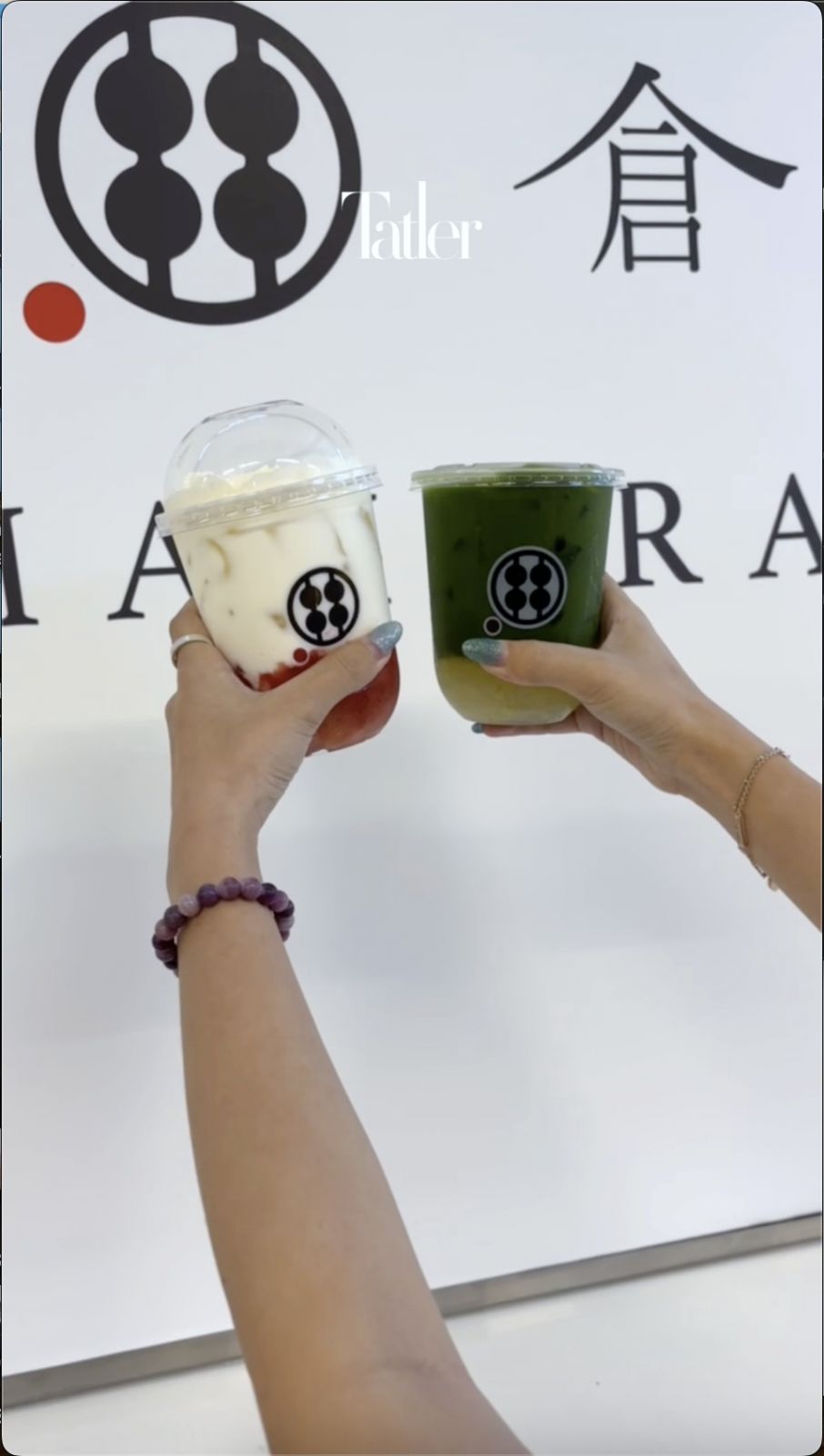Discover dishes that pay tribute to new beginnings, from nian gao to bakkwa
The Lunar New Year is heralded as one of the most celebrated occasions in the world, denoting a time to honour ancestors and reunite with family. This year, hundreds of millions of people from different cultures will come together to collectively welcome the Year of the Dragon with distinct practices and rituals.
Culinary traditions, in particular, are inextricably linked to ideals of prosperity and good fortune, with each culture marking a time for renewal with dishes steeped in ancient meaning and symbolism. We’ve compiled a collection of celebratory foods from across the continent that play a role in Lunar New Year festivities.
Vietnam (Bánh chưng)

Bánh chưng or chung cake is a steamed glutinous rice cake most commonly stuffed with mung beans and minced pork. Eaten on Tết, the Vietnamese Lunar New Year, bánh chưng is believed to be an ode to the earth and the sky according to Vietnamese legend. Glutinous rice dough filled with layers of mung beans and pork spiced with black pepper, fish sauce and occasionally spring onions is wrapped in a lá dong leaf and fashioned into an almost faultless square.














